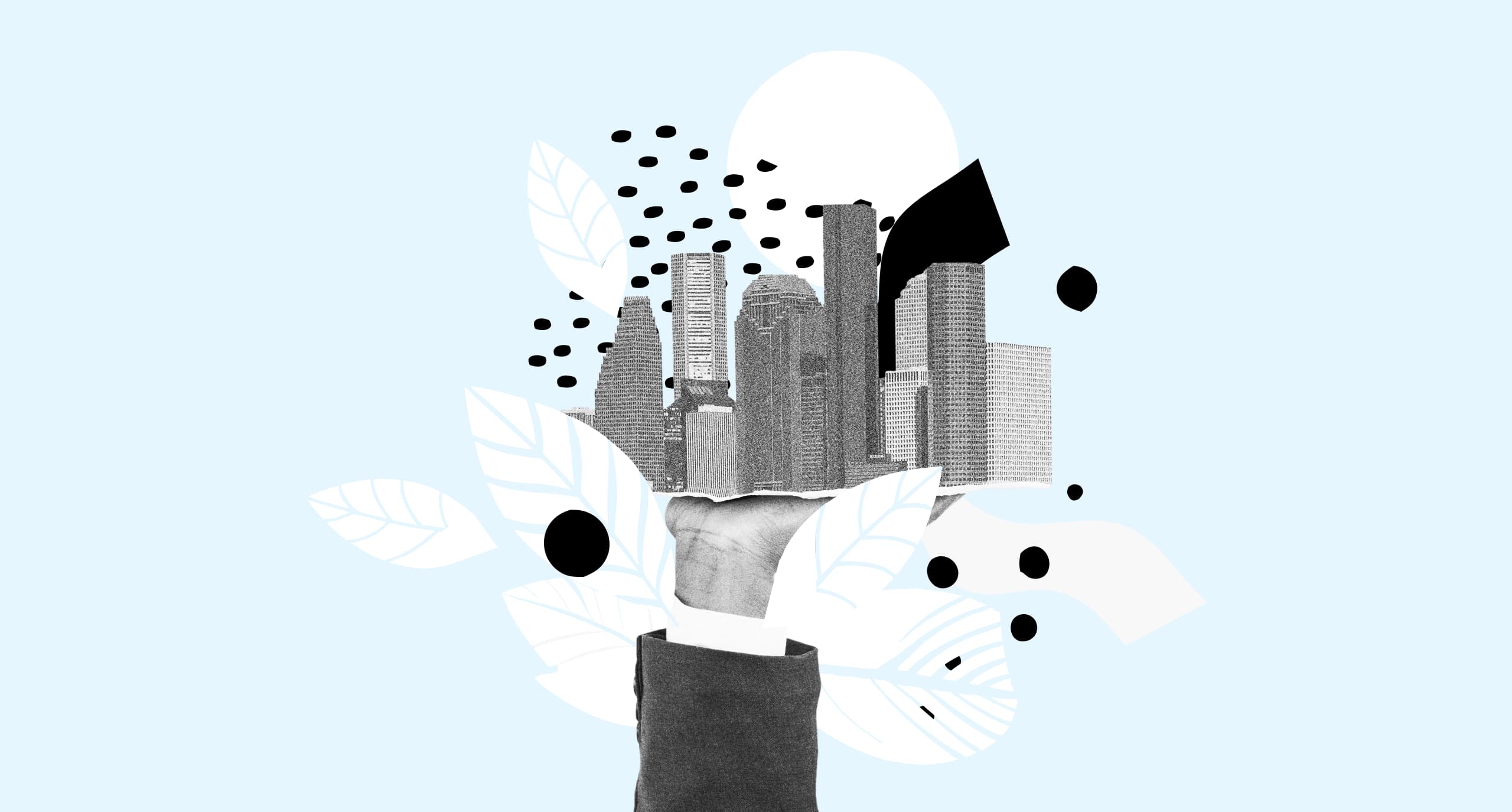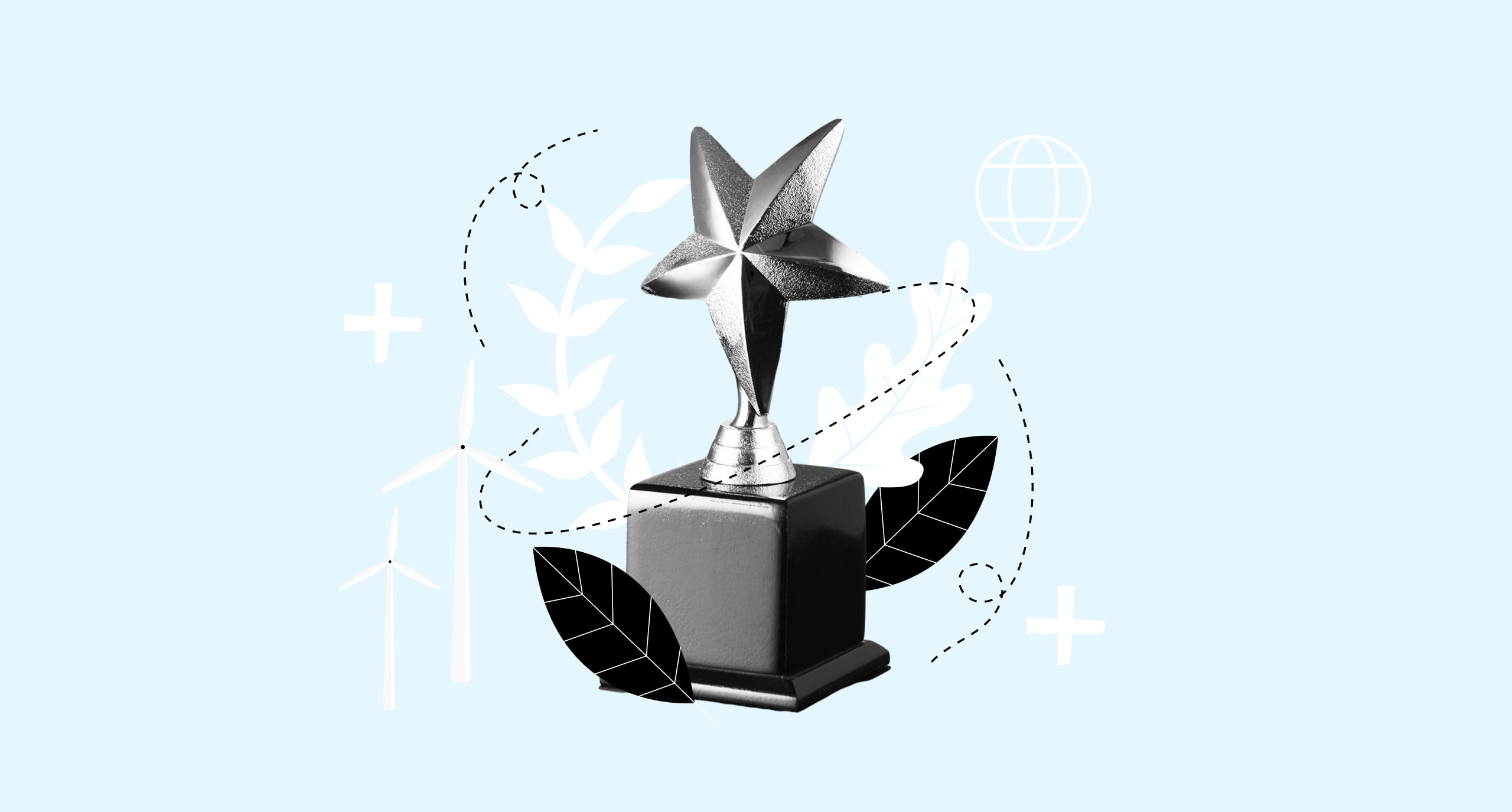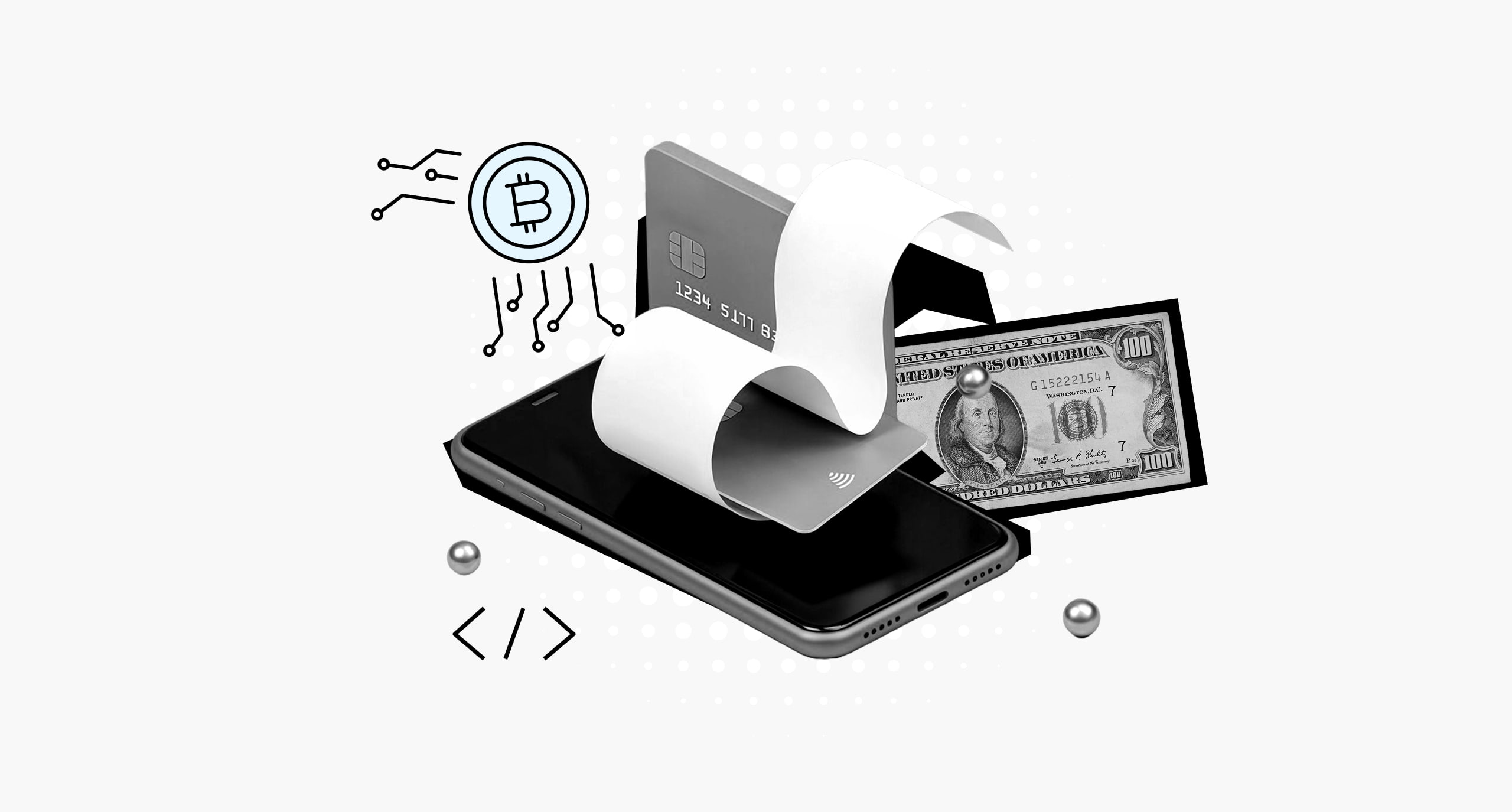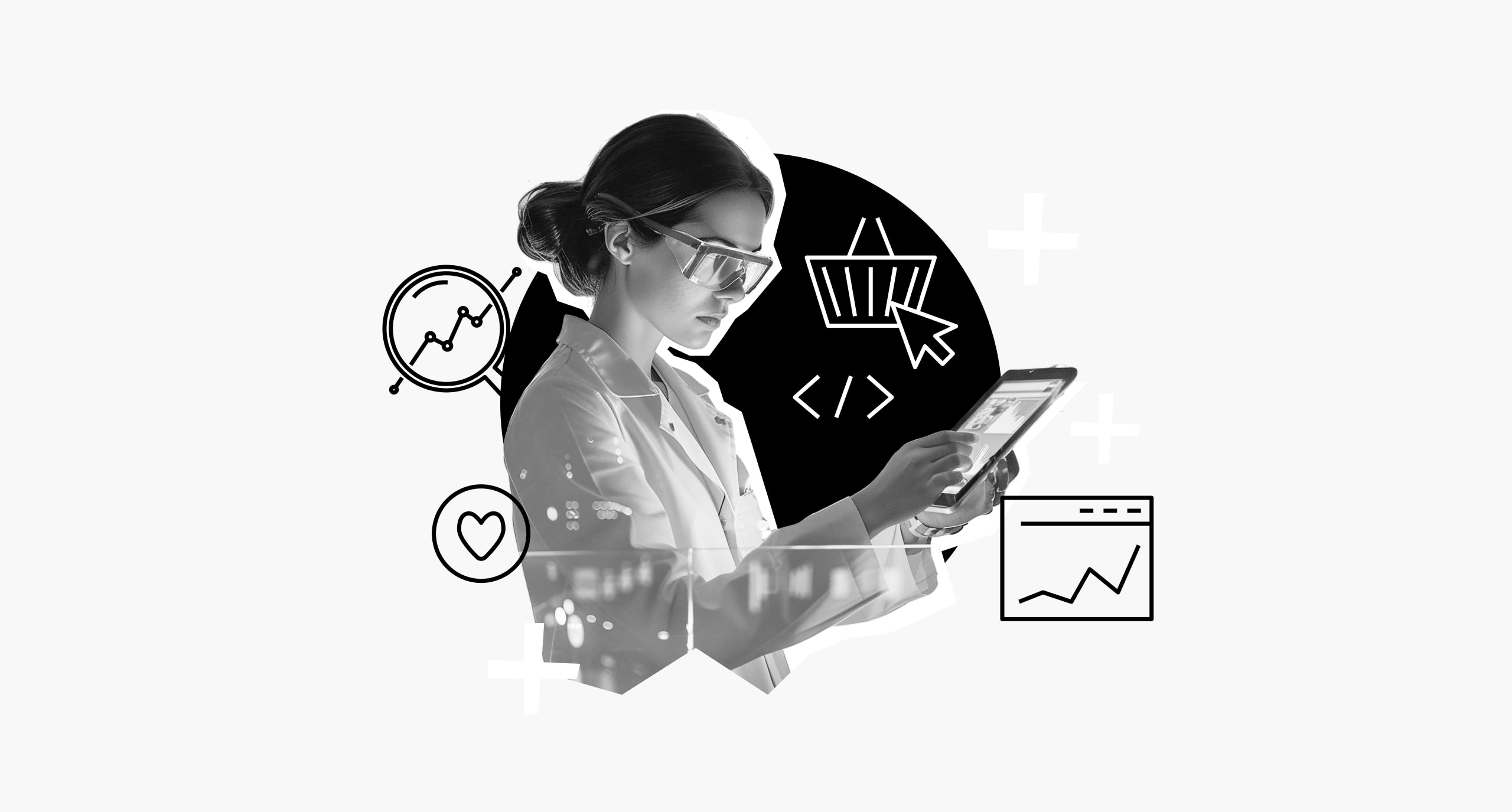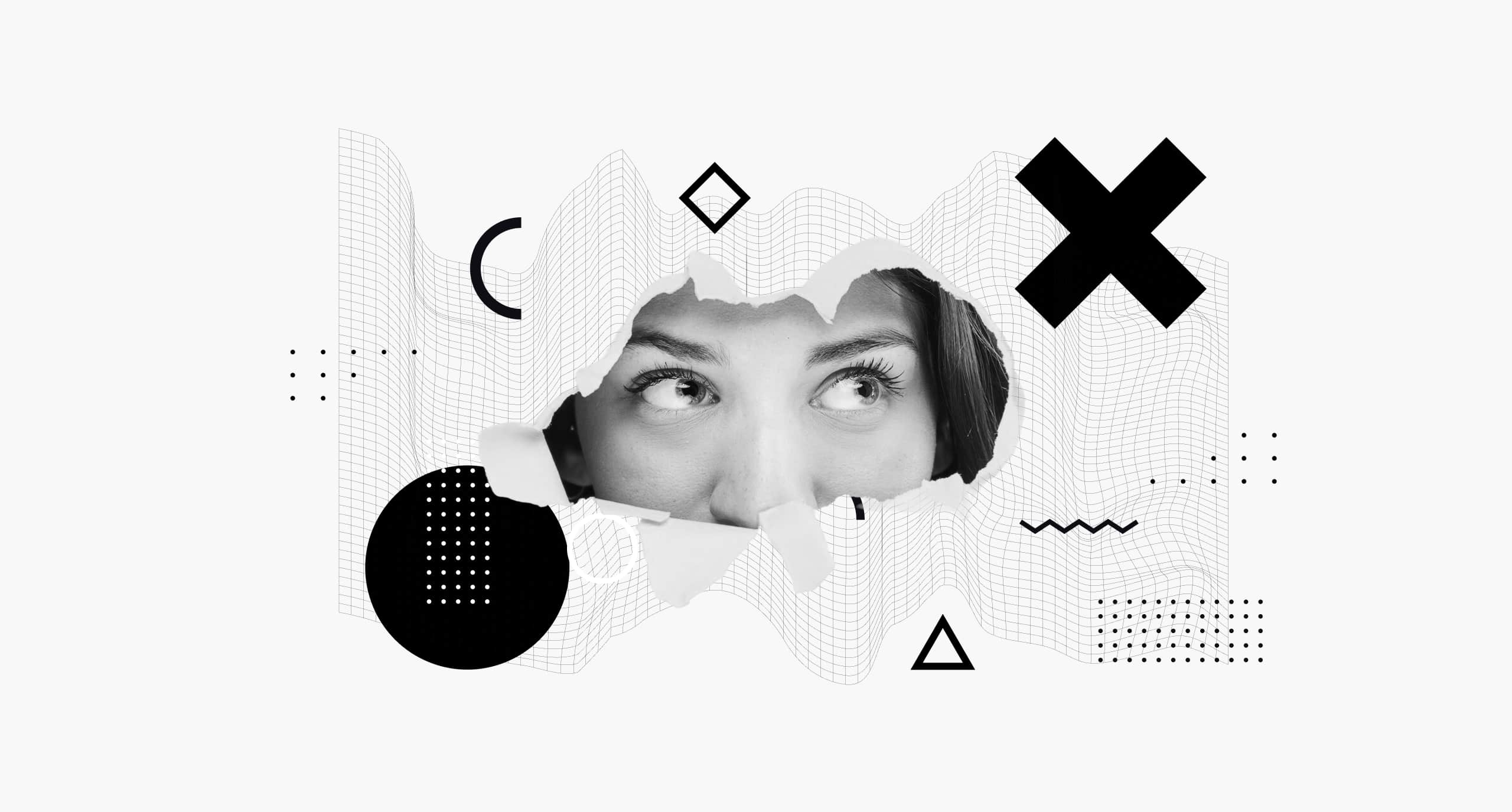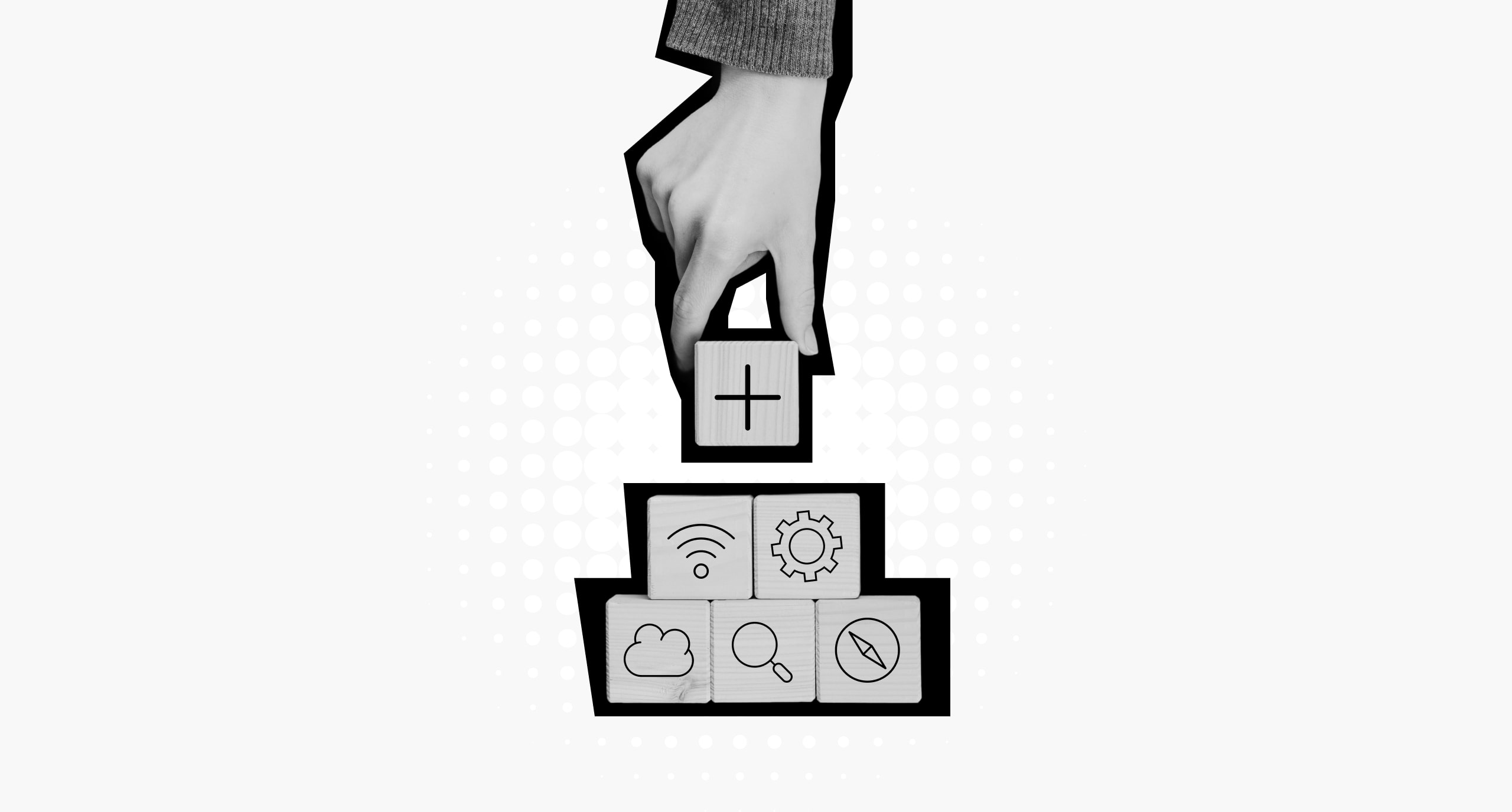If you’ve ever wondered who really runs the ad world, spoiler: it’s not your favorite agency—it’s the six holding companies quietly pulling the strings. The “Big Six” are the puppet masters behind the world’s biggest campaigns, from Super Bowl ads to TikTok trends. They decide who gets the spotlight, how creativity scales, and—more often than not—where the money goes.
But with AI, in-house marketing, and indie shops gaining ground, the question is: how long can the giants keep their grip?
What are the big six advertising agencies?
The “Big Six” are the global empires of advertising—conglomerates that own hundreds of agencies, manage billions in ad spend, and influence nearly every brand you know.
As of 2025, the players are: WPP, Omnicom, Publicis, IPG, Dentsu and Havas. Between them, they employ more than a million people and account for most of the world’s media investment. It’s a closed circle—but one that’s starting to show cracks.
WPP
London’s WPP is the heavyweight champion—more than 100,000 employees, US $18 billion in revenue, and a portfolio that reads like an industry directory: Ogilvy, Wunderman Thompson, Grey, GroupM, the lot.
It began life as “Wire and Plastic Products”—literally a shopping basket manufacturer—before Sir Martin Sorrell turned it into a global powerhouse through an acquisition spree that rewrote advertising history. Under CEO Mark Read, WPP is betting big on AI, data and sustainability consulting. In short: it’s no longer just selling ideas, it’s selling systems.
Omnicom Group
Omnicom is the New York creative machine. Think BBDO, DDB, TBWA—agencies that define what “award-winning” means. Its campaigns have become cultural shorthand: Apple’s Think Different, Snickers’ You’re Not You When You’re Hungry.
Formed in 1986, Omnicom has always sold creativity as its currency. But in 2025, storytelling alone doesn’t cut it. The group is now pushing deeper into data analytics, commerce, and experience design. Translation: fewer glossy taglines, more integrated ecosystems.
Publicis Groupe
Publicis, born in Paris in 1926, has done what many others only talk about—merged creativity with consulting. Between Saatchi & Saatchi, Leo Burnett, BBH and its tech arm Publicis Sapient, the company has engineered a transformation from ad agency to digital powerhouse.
It’s also one of the most future-focused groups, with its AI platform Marcel connecting 90,000 employees globally. If WPP is the scale king, Publicis is the system architect—the one designing how creativity, data, and technology actually fit together.
Interpublic Group (IPG)
IPG invented the modern holding company model back in 1961. Its agencies—McCann, MullenLowe, FCB—are creative mainstays, but the group’s soul lives in purpose-driven work. Remember Fearless Girl? That was IPG.
With roughly US $10.9 billion in revenue and a reputation for progressive storytelling, IPG is seen as the conscience of the Big Six. But if Omnicom’s rumoured merger with IPG becomes reality, it could rewrite the agency map—and shrink the Six to a Big Five.
Dentsu Group
The quiet disruptor. Dentsu is the only Asian player in the mix and the most misunderstood. Founded in 1901 in Japan, it went global after buying Aegis in 2013.
Dentsu’s edge lies in precision and culture: it fuses Japanese efficiency with Western creativity. With divisions like Carat, iProspect and Merkle, it’s now more data-science lab than ad agency. When Dentsu talks about “customer experience,” it means an algorithm already knows what you want before you do.
Havas Group
Havas is the indie soul that made it big. Founded in 1835, now owned by Vivendi, it’s smaller—about US $2.7 billion in revenue—but punchy. Its “village model” keeps creative, media, and health teams under one roof, which makes collaboration less buzzword, more daily practice.
Clients like LVMH, Citroën and Sanofi value its integrated approach. Havas might not have the same scale, but it has one thing the bigger players envy: culture.
Why are they called the big six?
Because they run everything. What started as a patchwork of independent agencies has become an oligopoly. Through decades of mergers and takeovers, the Big Six built structures so vast that nearly every major brand on earth reports—somewhere, somehow—to one of them.
They’re not just big in size; they’re big in influence. These groups decide how billions in media money get spent, which platforms rise, and what “creative excellence” even means.
What services do the big six offer?
In short, everything. If it touches communication, commerce, or culture, they’re in it.
– Creative advertising and design
– Media planning and buying
– Digital marketing and analytics
– Public relations and reputation management
– Commerce and customer experience
The new frontier? AI-driven personalization, influencer ecosystems, and predictive analytics. The line between agency, consultancy, and tech firm is officially gone.
How can you work for the big six?
Getting into one of these companies is like joining the Champions League of marketing. Each offers global graduate schemes, internships, and career tracks across creative, strategy, media and tech.
– WPP and Publicis train multidisciplinary thinkers.
– Omnicom and IPG nurture creative talent.
– Dentsu invests in data and engineering.
– Havas prizes collaboration and culture.
If you want in, bring a mix of storytelling, analytics, and digital instinct. Fluency in multiple languages—human and programming—doesn’t hurt.
The landscape is changing—what’s next?
For decades, the Big Six called the shots. But the terrain is shifting. AI, data privacy, creator economies, and in-house teams are forcing even these giants to reinvent themselves. Consolidation looms; agility is currency.
The next generation of marketers will challenge the Big Six from the inside. The future belongs to those who can blend creativity with code, global thinking with local truth, and legacy with bold reinvention.
Because in an era when algorithms buy media and consumers make content, even the biggest names need to prove they can still think differently.
What are the programs in marketing, communication & sales all about?
At IE Business School, you explore how marketing, communication, and sales shape the way organizations grow, compete, and connect in a global market. These disciplines evolve fast, but their purpose remains the same: building relationships that create value.
You learn to think strategically about audiences, design, and data—developing the ability to turn insight into meaningful action. From digital platforms and social strategy to creative direction and consumer behavior, the programs help you understand how ideas move through culture and influence decision-making.
The Marketing, Communication & Sales programs combine analytical precision with creativity and leadership. You’ll work on real projects, collaborate across cultures, and apply innovation to real business challenges. Every experience is designed to build confidence, critical thinking, and a sense of global perspective.
Graduates leave prepared to lead diverse teams, shape brand strategy, and drive growth in dynamic industries. You gain the vision to connect people and ideas—and the practical tools to turn both into lasting impact.
Supercharge your career with IE Business School
See where our degrees in Marketing, Communication & Sales can take you.
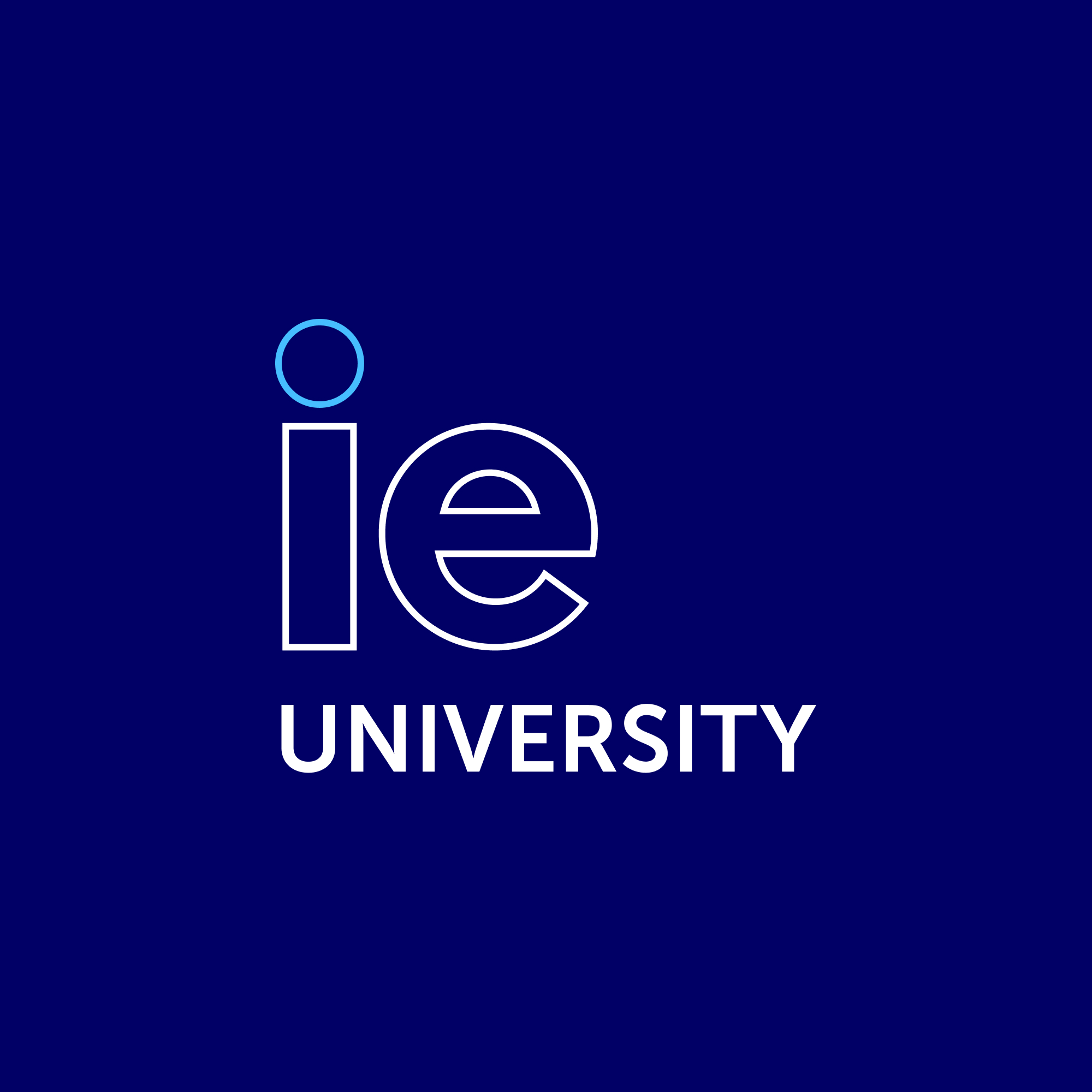
Benjamin is the editor of Uncover IE. His writing is featured in the LAMDA Verse and Prose Anthology Vol. 19, The Primer and Moonflake Press. Benjamin provided translation for “FalseStuff: La Muerte de las Musas”, winner of Best Theatre Show at the Max Awards 2024.
Benjamin was shortlisted for the Bristol Old Vic Open Sessions 2016 and the Alpine Fellowship Writing Prize 2023.

